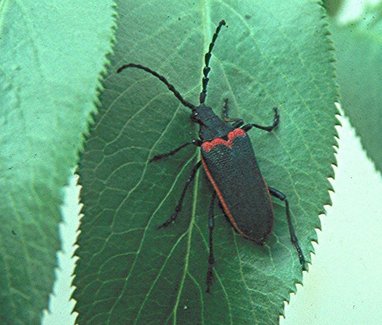In what could mark a turnaround for a troubled section of the American River Parkway, a nonprofit group is poised to take over a former Boy Scout camp across the river from downtown – with plans to transform it into a major recreation spot.
The Sacramento Valley Conservancy is expected to get the state’s go-ahead this month to begin what could be a half-million-dollar upgrade of Camp Pollock, a rustic campground established by the Boy Scouts in 1923.
The State Lands Commission agreed Wednesday to buy the property from the Scouts. It will lease the land to the conservancy, which plans to open it to the public as a nature and recreation center.
Conservancy Executive Director Aimee Rutledge said her group hopes to have the site open for public visits soon after it takes control in January. “This is the first step in a long-term project we are really looking forward to,” she said.
The 11-acre property, nestled among cottonwoods and willows just west of Highway 160, is relatively small. But the effect of Wednesday’s state agreement is potentially large.
Camp Pollock sits near a forbidding section of the 23-mile-long parkway. Known as an illegal camping area for several hundred homeless people, the area has gained a reputation among some parkway users as a place to avoid.

